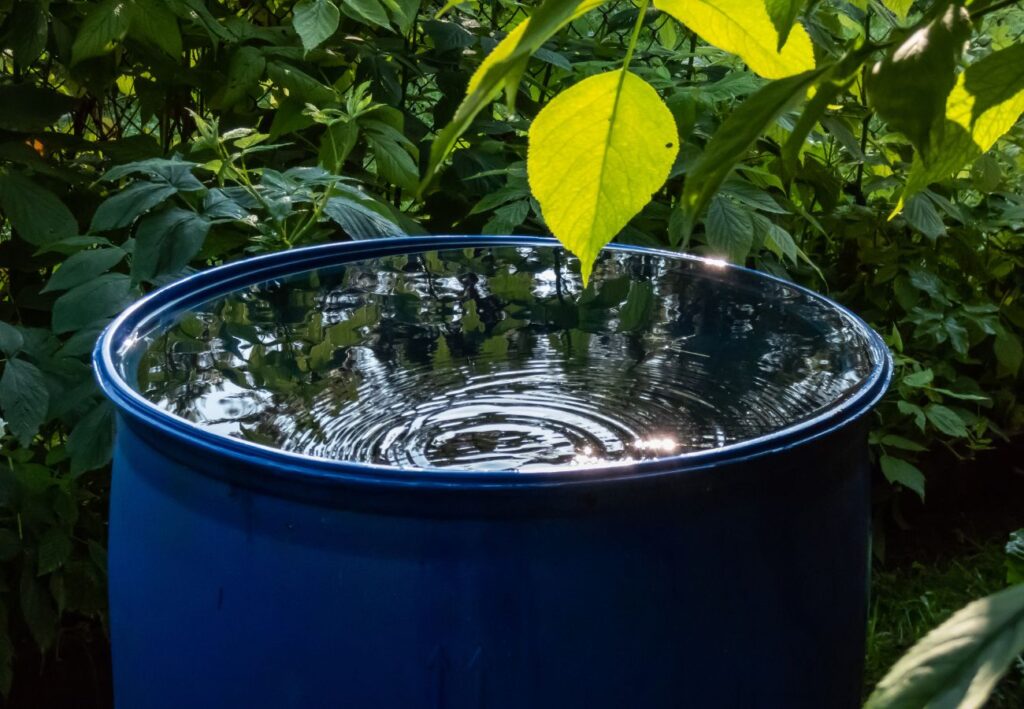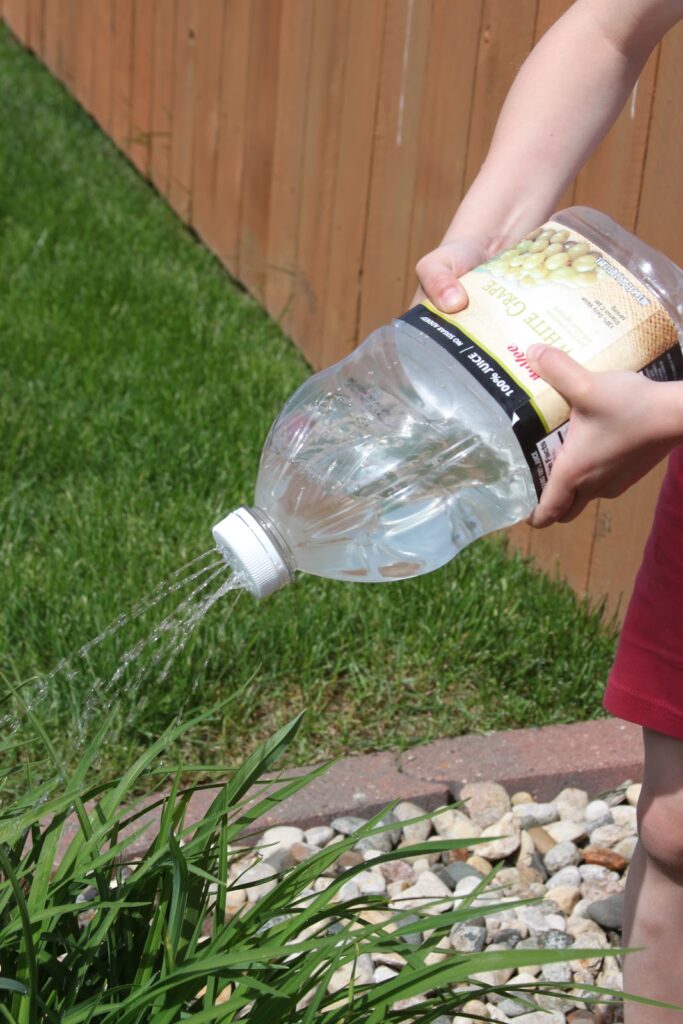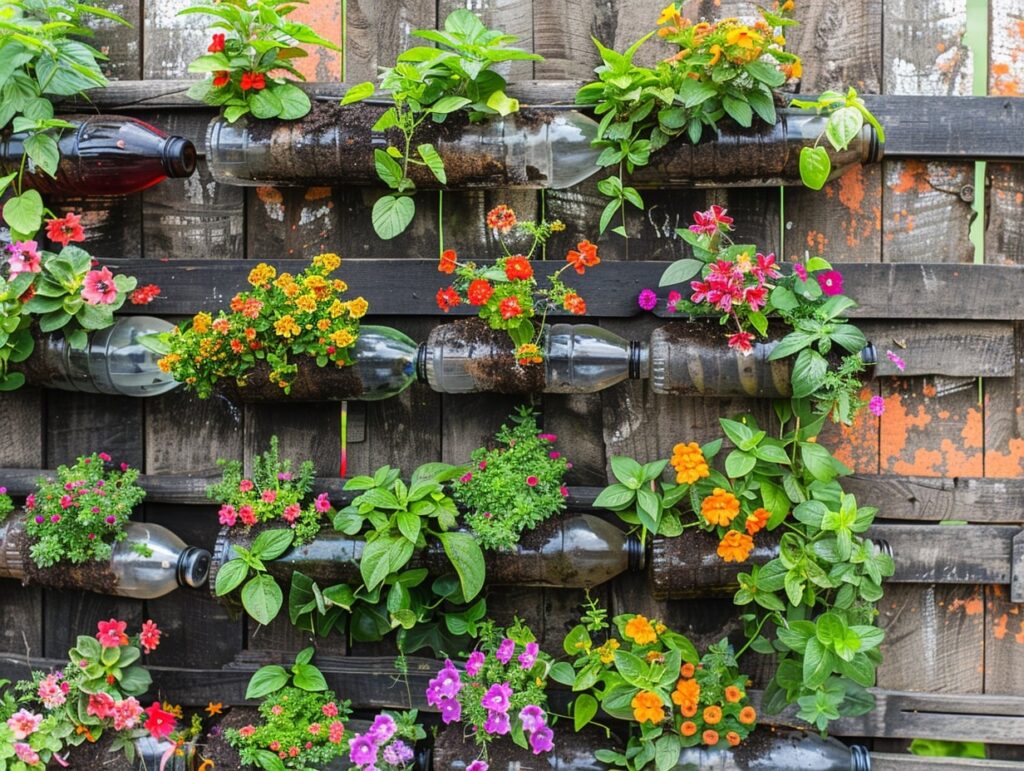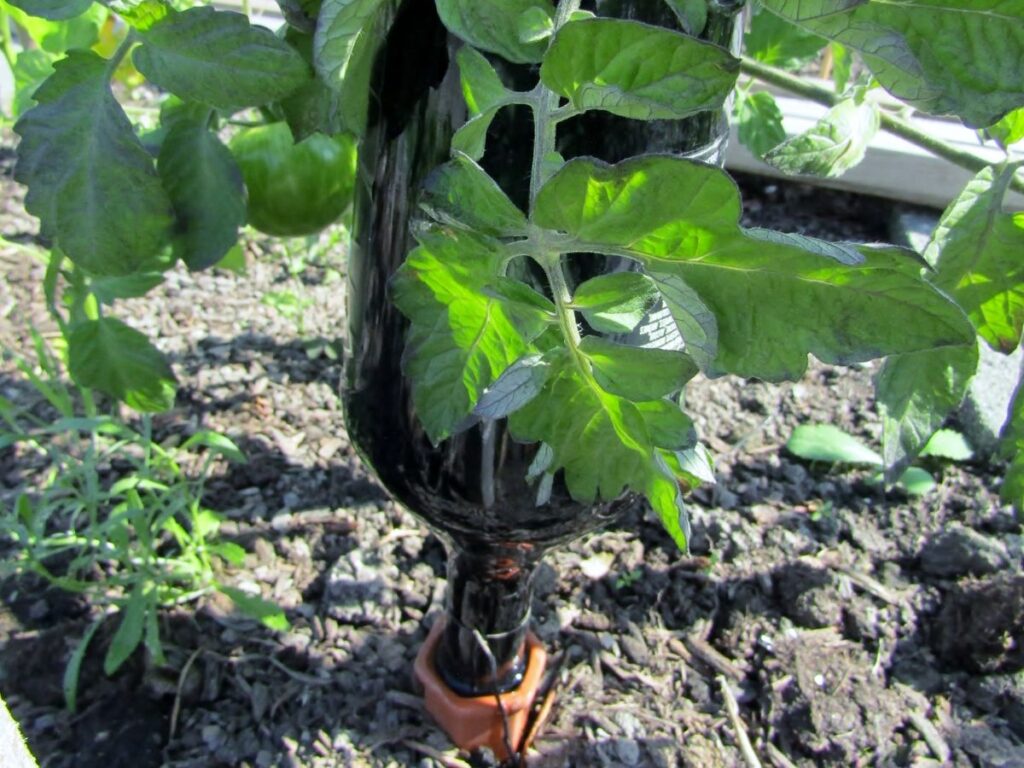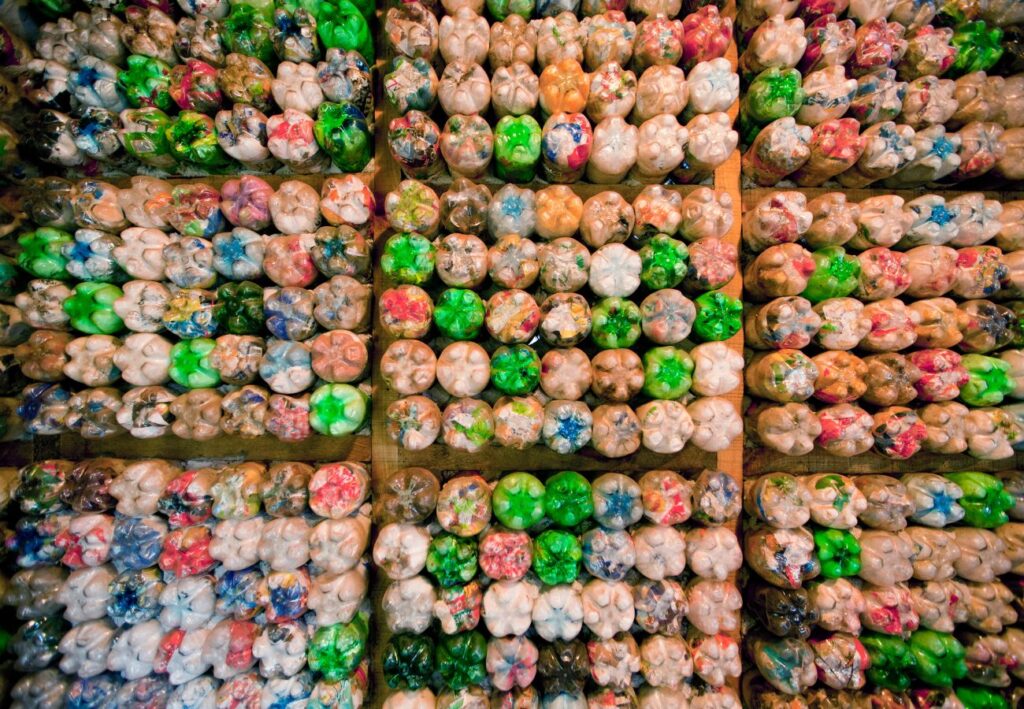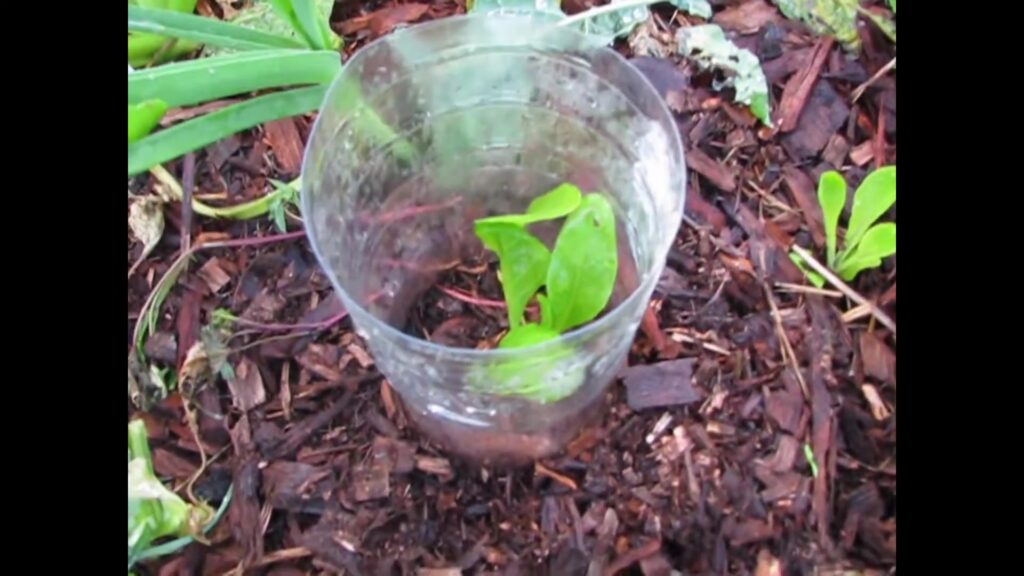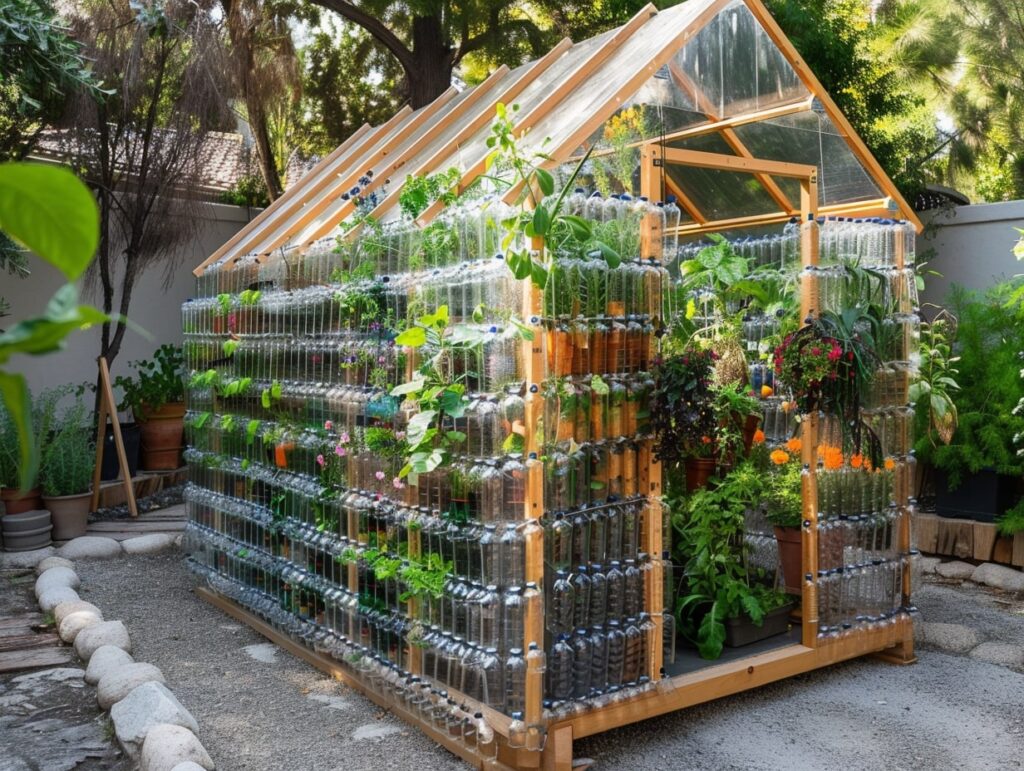Did you know that a staggering 380 million metric tons of plastic are produced each year, with a mere 9 percent getting recycled? The rest? It ends up cluttering landfills and polluting our oceans.
But what if there was a way to turn this plastic problem into a gardening solution? Imagine transforming those everyday plastic containers into practical and beautiful elements for your garden.
In this article, we’ll explore some inventive and eco-friendly ways to upcycle plastic containers, helping you reduce waste while creating a stunning garden space.
1. Reuse a Plastic Drum as a Rain Barrel
A rain barrel is a large drum that collects rainwater from downspouts and rooftops. It helps reduce stormwater runoff and soil erosion, conserves water for your garden, and can be used as emergency storage during droughts.
Rainwater is less hard and does not contain minerals and chemicals that are often found in tap water, making it ideal for plants. You can recycle a plastic container to create your own rain barrel, ensuring it is food-grade before use.
Clean the container thoroughly to remove any chemicals that could contaminate the rainwater.
2. Watering Cans from Plastic Bottles
Watering cans are a staple in every gardener’s toolkit, used to distribute water to plants. You can make your own watering can from recycled plastic bottles, such as large milk jugs, 2-liter soda bottles, or laundry detergent bottles.
These are typically made of high-density polyethylene (HDPE), a strong and durable material that is also resistant to chemicals, making it a good choice for making watering cans.
3. Vertical Garden
Vertical gardens are a great way to add greenery to your home or garden, even if you don’t have a lot of space. You can use soda bottles to create your own vertical garden, which is a fun and inexpensive project.
To make your vertical garden, cut out rectangles in the midsection of soda bottles, make holes for threading ropes or wires, and fill the bottles with potting medium and seedlings. Attach the string of bottle planters to your wall with hooks or adhesive.
4. Self-Watering Planter
Self-watering planters keep houseplants healthy and happy by wicking water from a reservoir to the roots of the plants, ensuring consistent moisture. You can make your own self-watering planters from recycled plastic containers or bottles.
Cut a bottle about two-thirds of the way up, poke a hole into the lid, and use a strip of cotton fabric as a wick. Fill the top part with potting mix, plant your seeds or plants, and insert it into the bottom part filled with water.
5. Plastic Bottle Fence and Partitions
Plastic bottles can be used to make borders around plant beds, lawns, and walkways. Dig a trough, bury the bottles side-by-side with their lids in the ground, and if opaque, fill them with sand or stones to keep them from being knocked over.
Run a string through the bottles or tie them together for a more rigid fence. This method saves money and allows you to be creative with your garden design.
6. Bird Feeder
Birds are a welcome addition to any garden, and a DIY bird feeder made from a plastic container is a great way to attract them. Use scissors, twine or wire, and some birdseed to create your bird feeder.
You can add a ledge for the birds to perch on while they eat and a water hole made from a plastic container. Remember to clean your bird feeder regularly to prevent mold and fungus.
7. Eco-Bricks
Eco-bricks are a sustainable alternative to traditional building materials made from recycled plastic and other waste materials. They can be used to build garden walls, furniture, and other structures.
To make eco-bricks, fill clean and dry plastic containers with small pieces of plastic, rubber, and other non-decomposable items. Ensure uniform size for stability and weigh your eco-bricks to ensure quality.
8. Plastic Seedling Protector
Plastic bottles can be used as seed starters or seedling protectors. Cut off the bottom of the bottle, make slits on the sides, and fill it with soil or compost. Plant your seeds in the soil and cover them lightly.
The bottle will protect your seedlings from pests and keep them moist. Once the seedlings have sprouted roots and started growing, transplant them into a pot or garden bed.
9. Bottle Greenhouse
If you have a large collection of plastic bottles, you can create a plastic bottle greenhouse. Thread bottomless bottles onto garden stakes or canes, secure each run of bottles to a wooden frame, and build your wall and roof panels.
This eco-friendly greenhouse will take time to construct but provides a sustainable solution for your gardening needs.
10. Seed Flats
Plastic bottles can be used to make seed or growing trays. Cut them down to create shallow trays with drainage holes, fill with soil, and sow your seeds.
Alternatively, slice open a two-liter bottle vertically and pierce holes along the bottom of each half. These trays are perfect for starting seedlings.
By incorporating these creative and sustainable practices into your gardening routine, you can significantly reduce plastic waste and contribute to a healthier environment.
Upcycling plastic containers not only benefits your garden but also helps protect the planet. Remember, it’s all about reducing, reusing, and recycling to make a positive impact!

